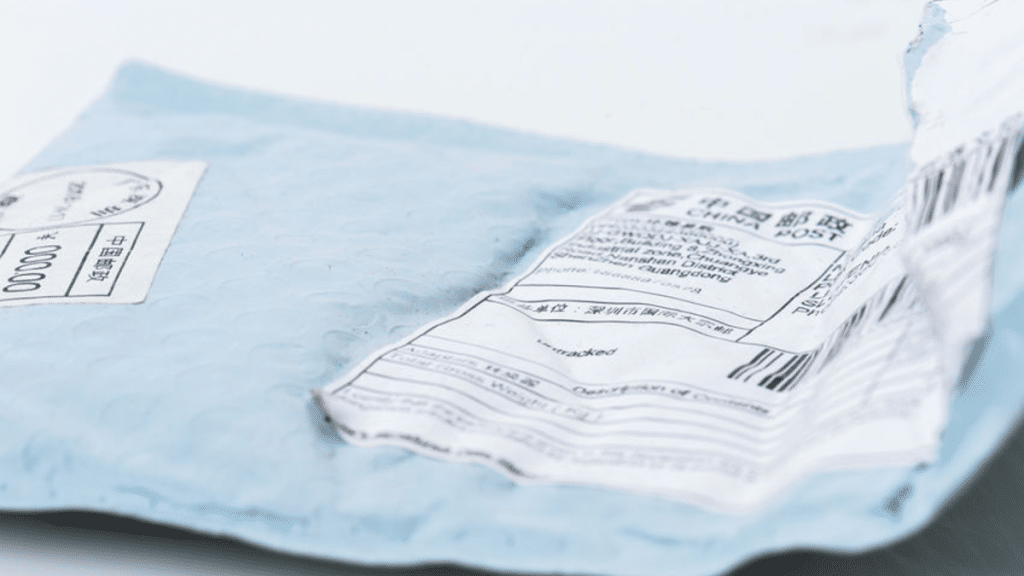As the world becomes more interconnected, being right about a postal code may be critical for someone, whether for shipping or verifying addresses. One of the things that postal codes (also known as ZIP codes, PIN codes, or postcodes) help ensure is that mail and packages get to the correct address promptly.
Whether you send a letter or sign up for an online service, or even if you plan logistics, knowing how to look up any worldwide postal code can save you time and money.
5 Tips for Finding Postal Codes Around the World
Finding postal codes for various regions used to be an issue, but not anymore. Here are some valuable tips for finding the postal code of any region.
Use official postal services websites
The best way to obtain a postal code is to visit the official site of the country’s postal service. For example, most national postal services let you search for information by street address, city, or locality. This is particularly useful when accuracy is of prime importance, such as in the case of legal papers or international shipments.
Use global postal code databases
Some international platforms collect postal codes worldwide. Some provide a free database with postal code information for several countries.
For example, this website, GeoPostcodes, enables users to search for postal codes and maps by region, click, or direct search. You can also look up the postal code by country. Most websites list postal codes by country and are searchable. These platforms benefit cross-border services, e-commerce, and global travel planning.
Google search and maps
To find a postal code easily, use Google. Just type in the area name with “postal code” after it (e.g., “London postal code”) and you’ll usually receive instant results. Even Google Maps can assist—just put a pin where the address is, and the details of the address usually include the postal code.
Mobile apps
Several applications aim to assist users in finding postal codes worldwide. Applications such as “ZIP Code Finder” or “Postcode Finder” can be downloaded and used offline, making them ideal for travelers or those working in areas with poor internet connectivity.
Inquire from locals or utilize local references
When online tools are not helpful, such as in remote and newly developed regions, enquiring from local post offices or residents is likely to provide the best information. Postcodes are also commonly found correctly on local utility bills or government documents. Even though this approach is stressful, seeking the help of a local is ideal if you can’t find their postal codes online.
Conclusion
The correct postal code ensures that your mail reaches the desired destination, whether you’re mailing a parcel or completing an online form. Nowadays, any postal code can be found from one’s warm home with the assistance of multiple online tools, apps, or this website—GeoPostcodes. Finally, going one extra step to check a postal code may save us unnecessary delay and enhance communication, especially in our global digital world. For more information, visit an online postal code website for your area.
